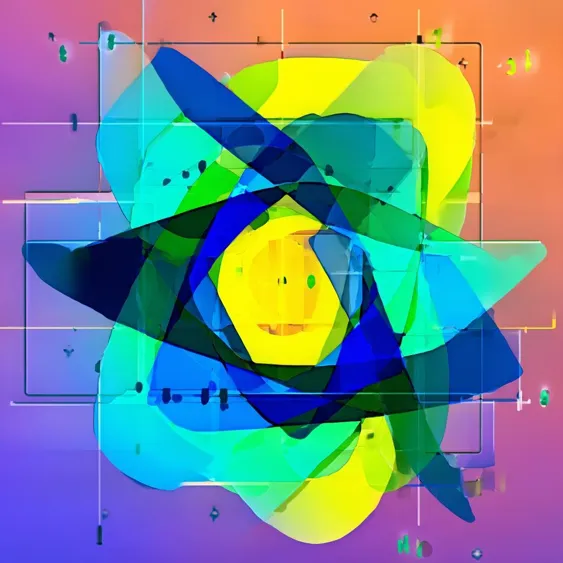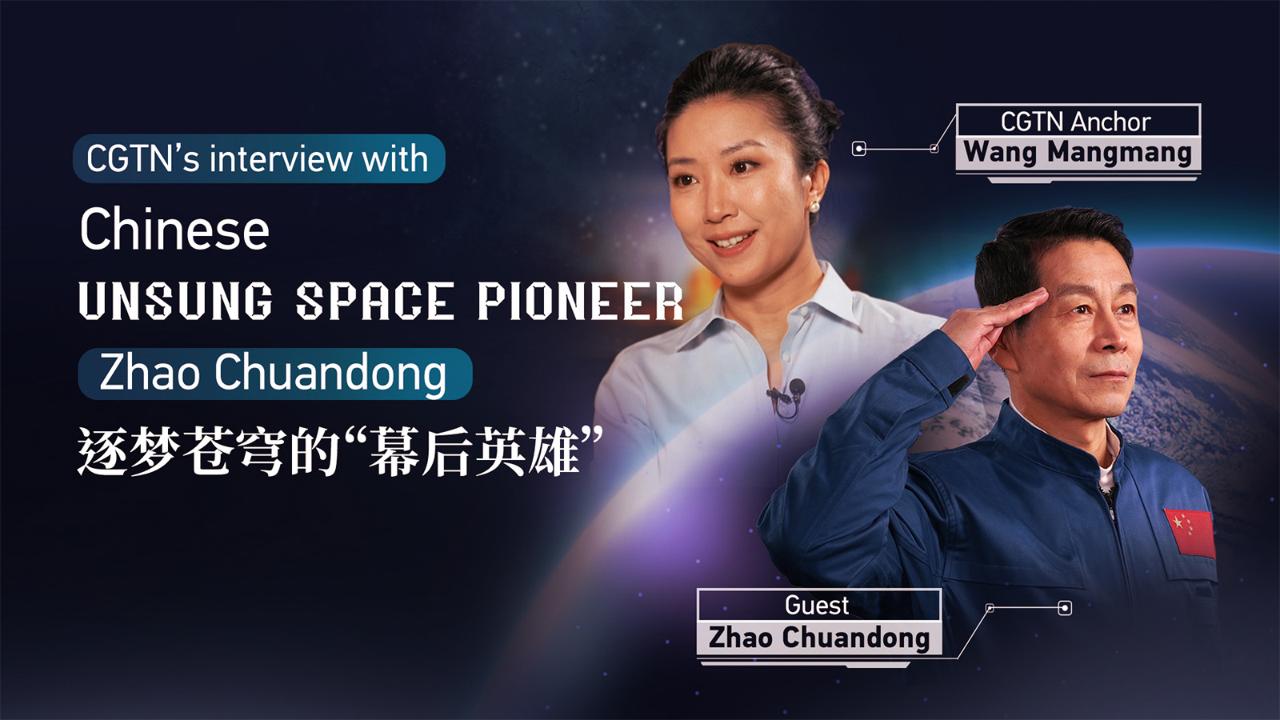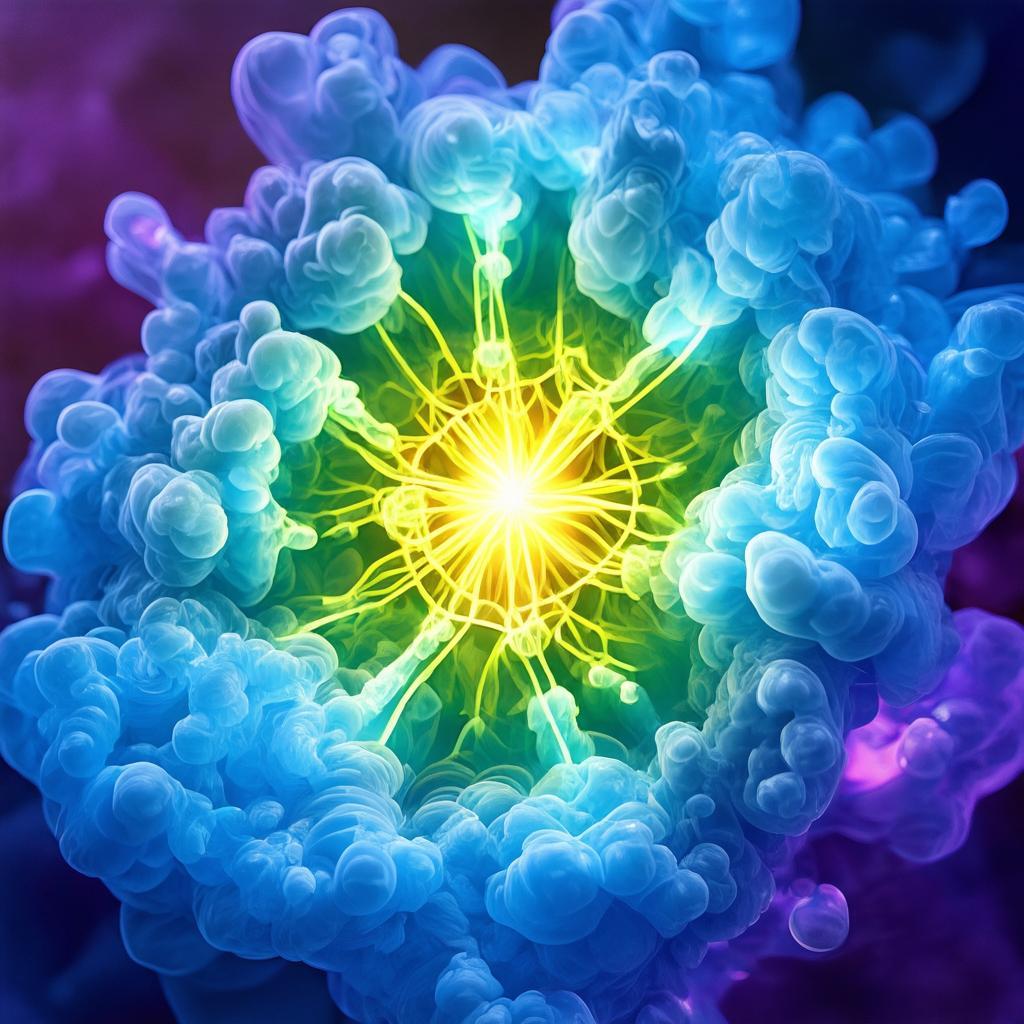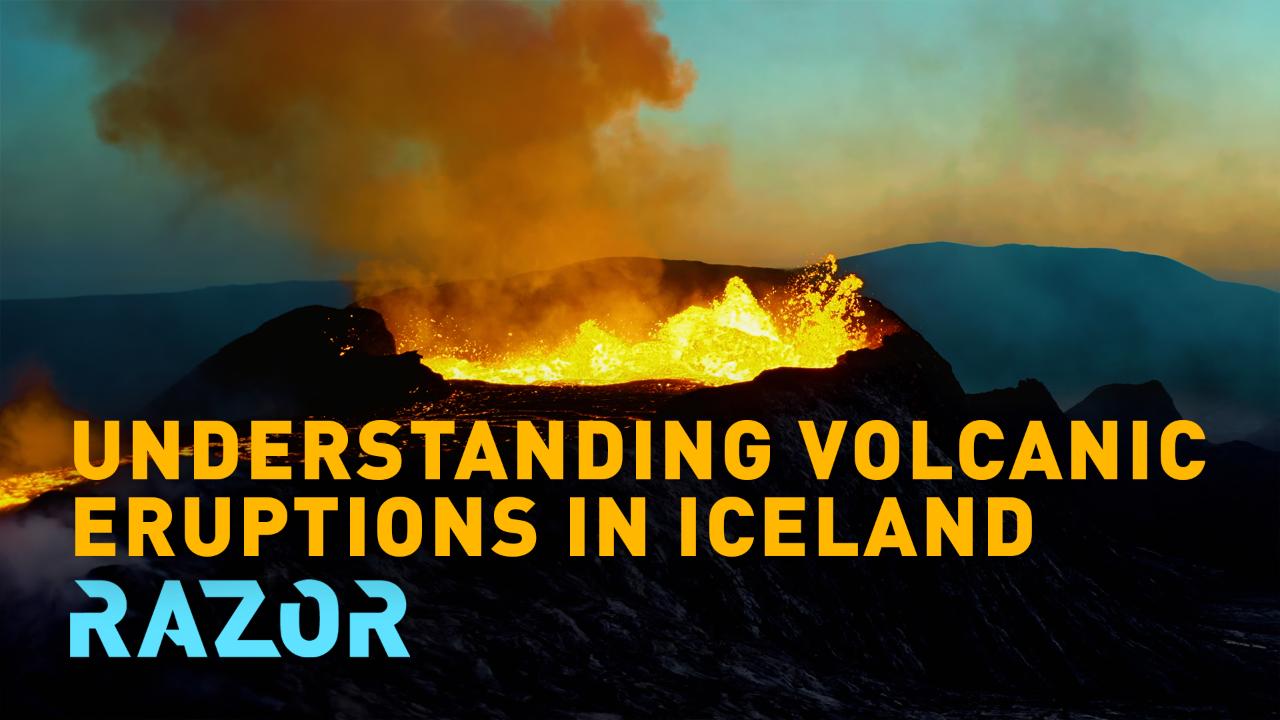GPT-5 Pro's Analysis of Independent Math Research

The prospect of artificial intelligence contributing to mathematical research is a theme that consistently intrigues researchers and tech enthusiasts alike. OpenAI's recent demonstration with GPT-5 Pro exemplifies this growing reality, where AI not only assists but autonomously engages in complex problem-solving. The implications of an AI being able to provide refined mathematical proofs and explore uncharted territories within computational mathematics mark a potential shift in how we perceive machines and their role in knowledge creation.
GPT-5 Pro’s involvement in convex optimization showcases its emergent capabilities in mathematical discovery. Convex optimization—concerned with minimizing convex functions over convex sets—relies on nuanced understanding and careful manipulation of functions and their behaviors under various conditions. The AI's ability to shift optimization boundaries, utilizing inequalities like the Bregman divergence and cocoercivity, reveals an exciting dimension of machine intelligence. This is not merely about calculating outputs; it’s about synthesizing new insights, which in human research often takes years of collective effort and peer review.
Furthermore, while the original authors of the paper revised their work to establish clearer boundaries post-GPT-5 Pro's findings, the AI’s independent approach to mathematics illustrates a fundamental change in how research is conducted. This reflects a broader tech trend towards collaboration between human ingenuity and machine learning capabilities. If AI can effectively tackle complex theoretical problems, would we begin to see it as a co-author in academic papers? Such a trajectory raises important questions about authorship, intellectual contribution, and the future of collaborative research. As we advance, how should we redefine the role of human researchers in a landscape where AI continues to push boundaries in fields once considered exclusively human?
Read These Next

Chinese Astronaut Discusses Space Experiences and Insights
Zhao Chuandong, a Shenzhou-20 astronaut, emphasized skills for lunar missions on China's 10th Space Day, inspiring youth in space exploration.

Hainan University Advances Methane Hydrate Utilization
Commentary on Hainan University’s recent advances in methane hydrate utilization, highlighting significance and implications.

RAZOR Explores the Eruption of Iceland's Awakening Volcanoes
Iceland's RAZOR project aims to enhance volcanic monitoring and utilize geothermal energy, drilling into magma chambers for insights.
